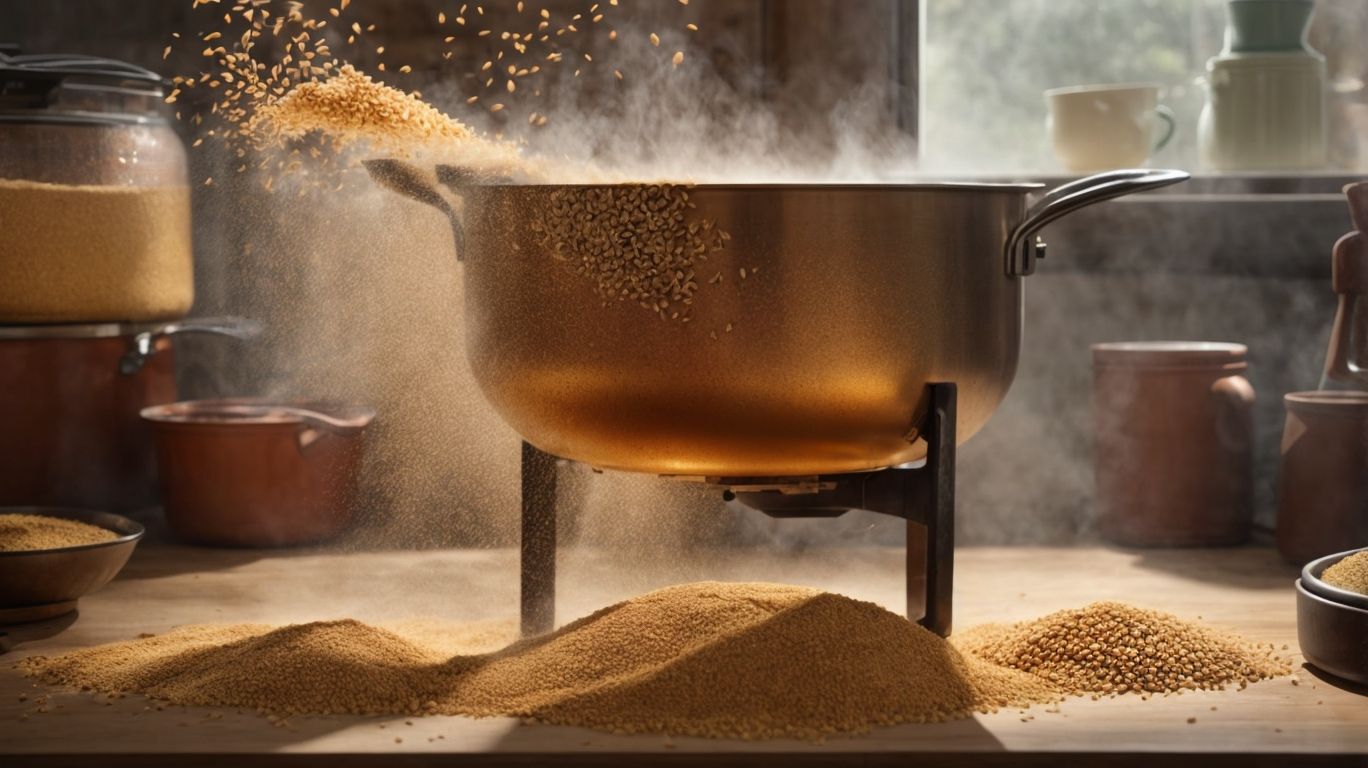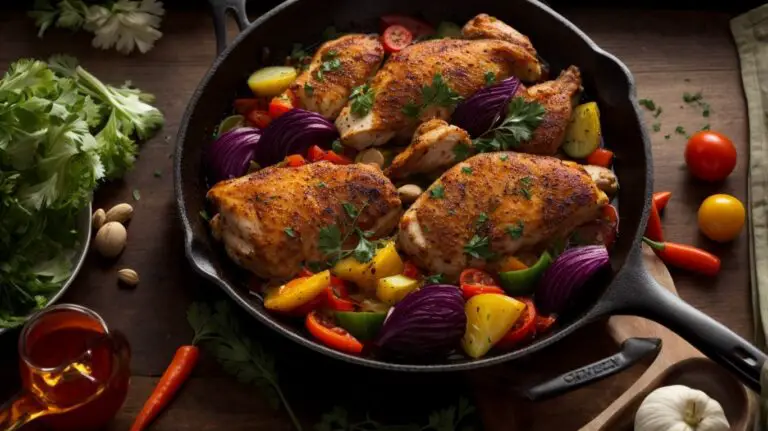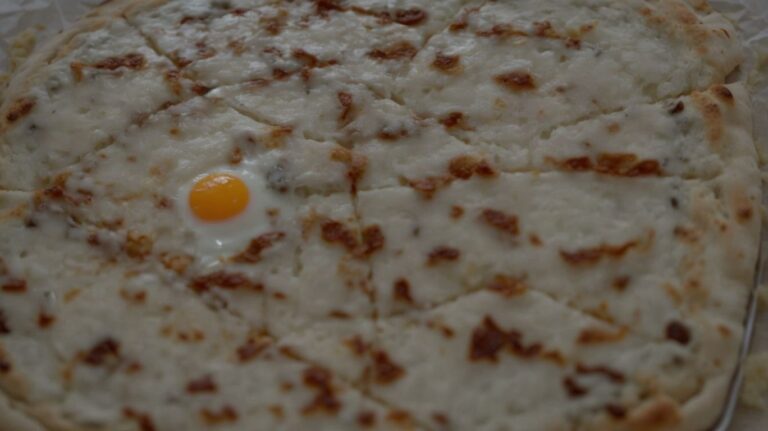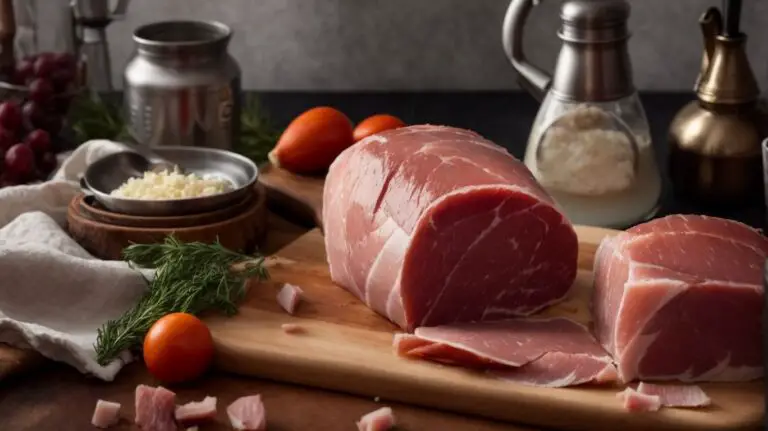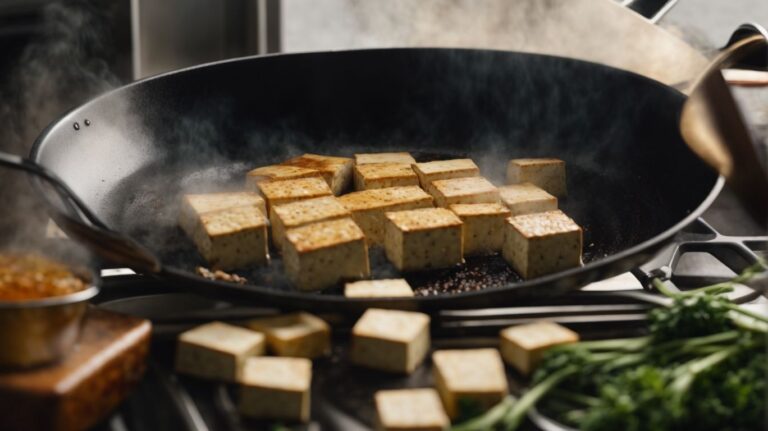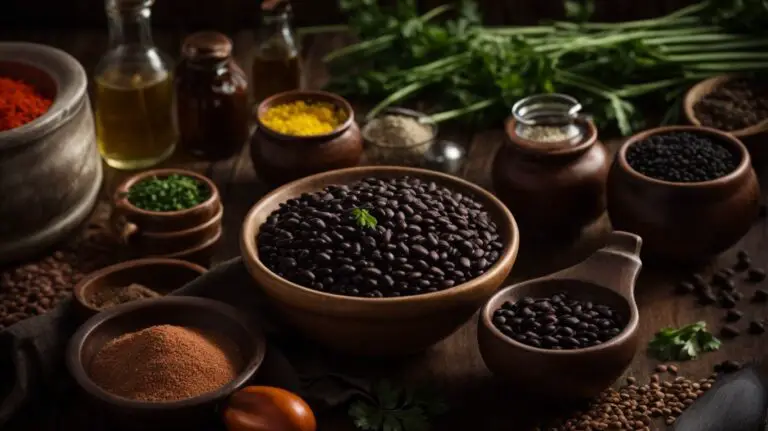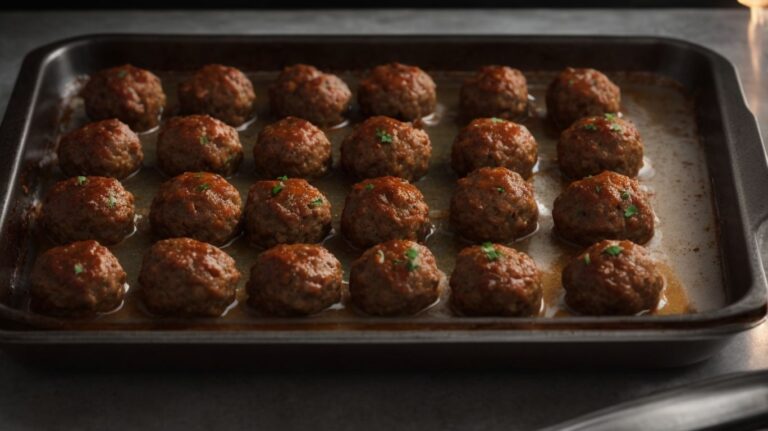How to Cook Millet?
Curious about millet? Wondering about the different types of this nutritious grain and why you should incorporate it into your cooking routine? Look no further!
In this article, we will explore the various types of millet, its nutritional benefits, and how it compares to other grains. We will also guide you through the steps of preparing and cooking millet, including the water to millet ratio and cooking time.
Additionally, we’ll share some delicious millet recipes for you to try out in your kitchen. Get ready to elevate your cooking game with this versatile and healthy grain!
Key Takeaways:
What is Millet?
Millet, a versatile and ancient grain, holds a significant place in cooking and food culture due to its gluten-free nature and nutritional benefits.
Rich in essential nutrients like vitamin B, magnesium, and antioxidants, millet offers numerous health benefits.
Its tiny seeds are not only used in traditional recipes like porridge and flatbreads but also find modern applications in salads, soups, and even desserts.
Due to its adaptability, millet serves as a sustainable crop option with low water requirements, making it an environmentally friendly choice for cultivation.
What are the Different Types of Millet?
Millet comes in various types, including fonio, sorghum, and quinoa, each with distinct characteristics and origins from regions like Africa and Asia.
Sorghum, for instance, is the most widely cultivated type of millet, known for its resilience to harsh weather conditions and adaptability to diverse soil types. Originating in Africa, sorghum is rich in antioxidants, iron, and fiber, making it a staple crop for many communities.
Fonio, on the other hand, hails from West Africa and is incredibly nutritious, packed with essential minerals like magnesium and zinc. It is also gluten-free, making it a popular choice among individuals with gluten sensitivities.
Quinoa, although not technically a millet, is often grouped with millet varieties due to its similar culinary uses. Originating in the Andean region of South America, quinoa is a complete protein source, containing all nine essential amino acids.
Why Should You Cook Millet?
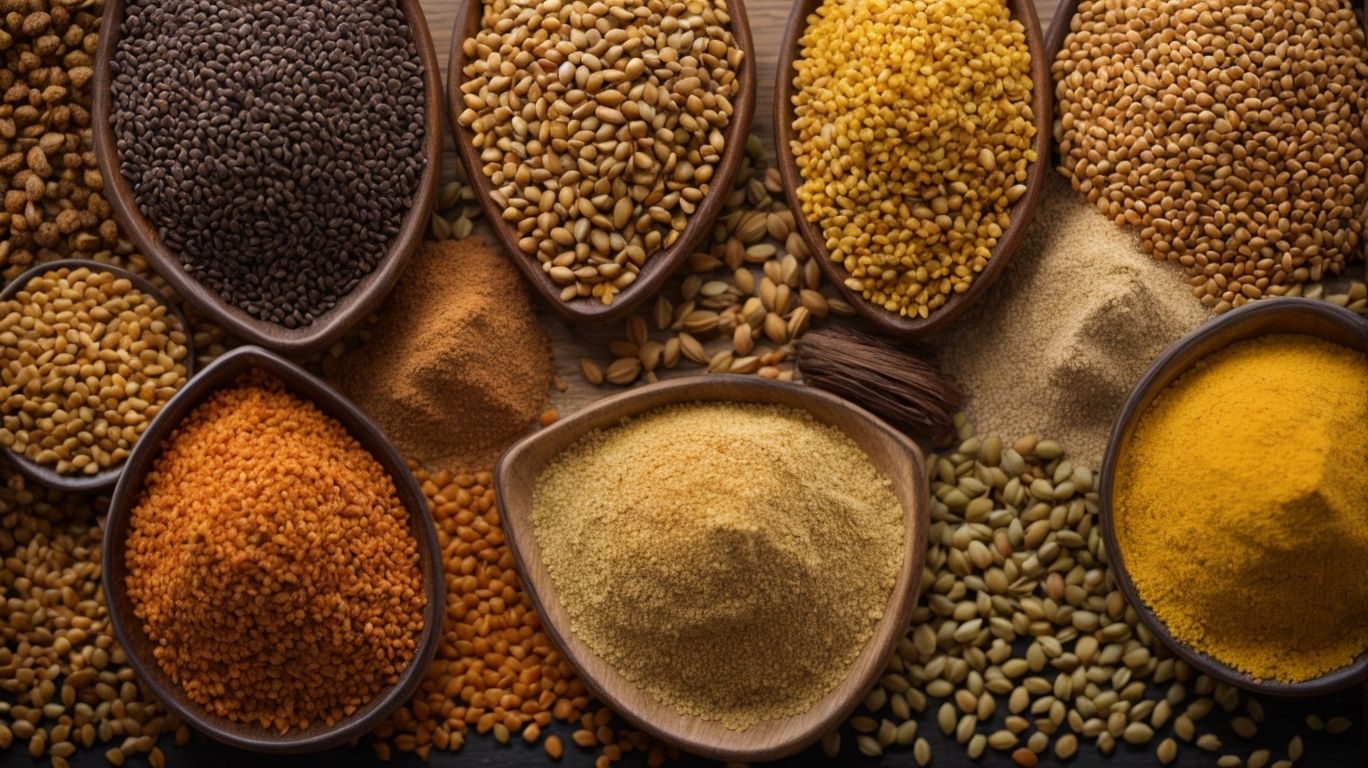
Credits: Poormet.Com – Walter Scott
Cooking millet offers a plethora of health benefits, including essential proteins, minerals, and vitamins vital for plant-based meals and sustainable diets.
Millet, commonly referred to as an ancient grain, has been cultivated for centuries, playing a significant role in various cuisines worldwide. Its versatility allows for diverse meal preparations, from savory dishes like pilafs to sweet porridges and baked goods. Millet is a good source of nutrients such as magnesium, phosphorus, and fiber, which support digestive health and overall well-being.
By incorporating millet into your diet, you not only enhance the nutritional value of your meals but also contribute to the promotion of sustainable agriculture. Its adaptability to different climates and minimal water requirements make it an eco-friendly choice for both farmers and consumers, aligning with the principles of environmentally conscious eating.
What are the Nutritional Benefits of Millet?
Millet is a nutritional powerhouse, packed with essential proteins, antioxidants, calcium, and fiber, making it a valuable addition to a balanced diet.
One of the standout features of millet is its impressive protein content, which is vital for muscle repair and growth. Millet possesses alkalizing properties that help maintain a balanced pH level in the body, promoting overall wellness and aiding in digestion. The antioxidant levels in millet are beneficial for combating oxidative stress and reducing inflammation, contributing to a strengthened immune system.
How Does Millet Compare to Other Grains?
Comparing millet to other grains like quinoa and rice reveals its unique qualities, versatility in dishes, and advantages for those with gluten sensitivities.
Unlike rice and quinoa, millet offers a distinctive nutty flavor that pairs well with both savory and sweet dishes. Its small, round shape makes it perfect for pilafs, salads, porridges, and even desserts like puddings and cakes. When ground into millet flour, it adds a pleasant texture to baked goods. Millet is easier on the digestive system compared to some other grains, making it ideal for individuals with sensitive stomachs.
How to Prepare Millet for Cooking?
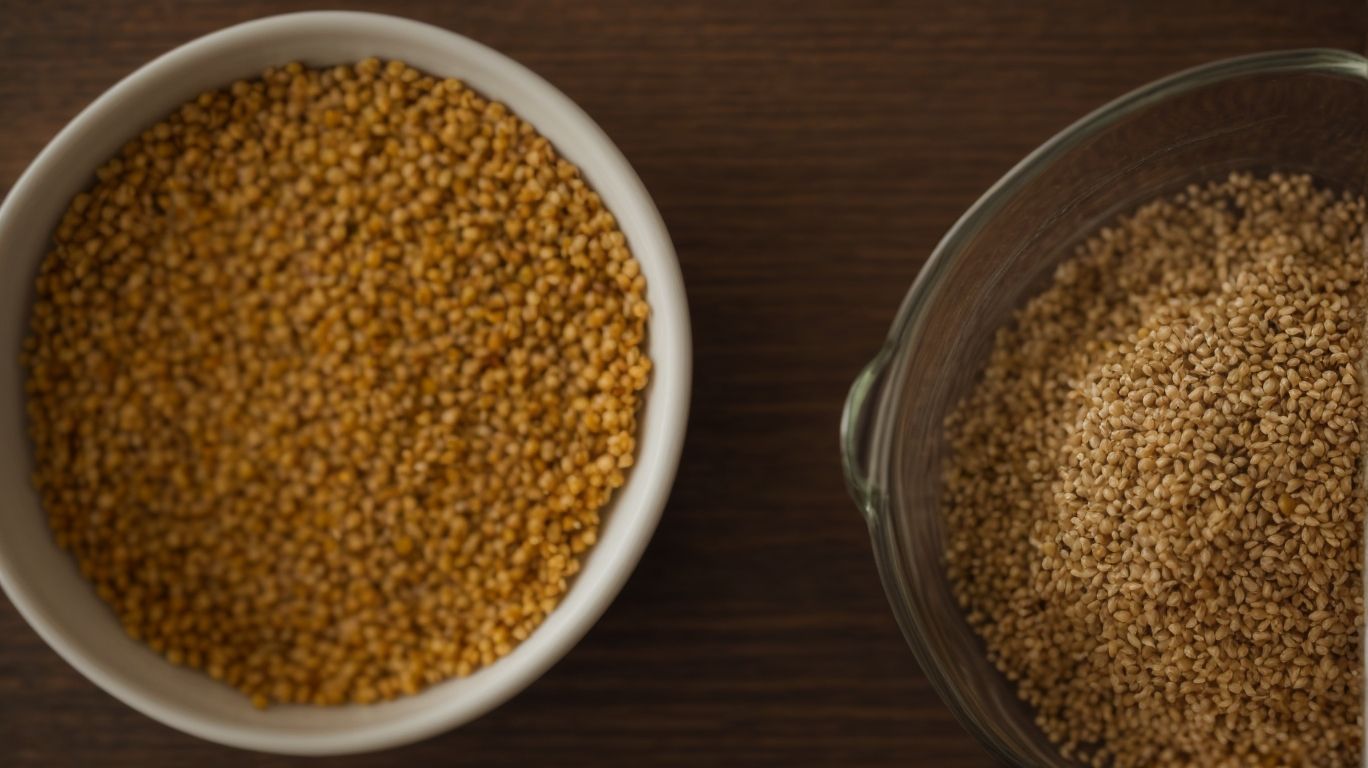
Credits: Poormet.Com – Matthew Moore
Preparing millet for cooking involves key steps like soaking, toasting for enhanced flavors, and selecting from a variety of millet types to suit your culinary preferences.
Soaking millet before cooking is essential as it helps to soften the grains, reduce cooking time, and enhance digestibility. A general rule of thumb is to soak millet for at least a few hours, or ideally overnight, in water.
Toasting millet grains before cooking can bring out a nutty flavor and improve the overall taste of the dish. It is recommended to dry-toast millet in a pan until it becomes fragrant before adding liquid for cooking.
Different varieties of millet, such as pearl millet, foxtail millet, and finger millet, offer unique textures and flavors to dishes. The choice of millet variety can significantly impact the final taste and texture of your meal.
What Are the Steps to Rinse and Soak Millet?
Rinsing and soaking millet before cooking are essential steps to ensure proper hydration and enhance its texture and flavor in various cooking methods.
When millet is rinsed, it helps remove any debris or bitter compounds that may affect the taste of the final dish. Soaking millet not only aids in hydration but also softens the grains, leading to a more pleasant texture after cooking. This process also helps reduce the cooking time, making the millet easier to digest and allowing it to absorb flavors more efficiently.
What Are the Different Cooking Methods for Millet?
Cooking millet offers versatility with various methods such as boiling, steaming, and toasting, allowing you to experiment and create diverse dishes with this nutritious grain.
Boiling millet is a straightforward method where you simmer the grain in water until it’s tender, absorbing the liquid along with mild flavor. This method is great for dishes like porridge or as a base for salads.
Steaming millet involves using a steamer basket or rice cooker, preserving its natural flavors and nutrients. This technique is ideal for fluffy and light textures, perfect for pilafs and side dishes.
Toasting millet brings out a nutty aroma and enhances its crunchy texture, adding depth to salads or as a topping for soups. Consider the dish you are preparing and the flavor profile you desire to choose the most suitable cooking method for your millet recipes.
How to Cook Millet?
Cooking millet requires attention to detail, ensuring the right water-to-millet ratio, precise cooking time, and adherence to specific cooking methods to achieve perfect results.
For cooking millet, the general water-to-millet ratio is usually 2:1, meaning two cups of water for every one cup of millet. This proportion ensures that the millet cooks to a fluffy consistency without becoming mushy or too dry. As for cooking time, once the water comes to a boil, reduce the heat to a simmer and cover the pot, allowing the millet to cook for about 15-20 minutes. It’s crucial not to lift the lid during this process, as it disrupts the steaming and cooking environment.
Following these instructions precisely will result in perfectly cooked millet that can be used in a variety of dishes, whether as a base for a grain bowl, a side dish, or even in baking recipes. Remember, patience and accuracy are key when it comes to cooking millet.
What is the Ratio of Water to Millet?
Achieving the ideal water-to-millet ratio is crucial in cooking millet, ensuring proper hydration and achieving the desired texture and consistency in your dishes.
The water-to-millet ratio affects the cooking process significantly. A lower ratio results in a drier texture, while a higher ratio may make the millet mushy. For fluffy millet, the general guideline is 2 cups of water for 1 cup of millet. This can vary based on the dish you are preparing; for porridge, a higher ratio of water is required for a creamy consistency. It’s also key to consider the cooking method; for pilafs, where the liquid is absorbed, a ratio closer to 1:2 may be suitable.
What is the Recommended Cooking Time for Millet?
Determining the optimal cooking time for millet is essential for achieving a perfect balance of tenderness and fluffiness in your cooked grains.
Regarding cooking millet, the duration of cooking directly impacts the final outcome. Cooking millet for shorter periods can result in a grain that is too firm or crunchy, while overcooking can lead to a mushy and unappetizing texture. Finding the right balance is crucial for a delicious dish.
Adjusting the cooking time based on the specific type of millet and your desired dish is key. For example, pearl millet requires longer cooking times than foxtail millet due to their varying sizes and textures. Follow preparation instructions closely and consider the cooking method you choose – whether it’s boiling, steaming, or using a rice cooker.
How Can You Tell When Millet is Fully Cooked?
Determining when millet is fully cooked involves observing visual cues like fluffy grains, tender texture, and a slight chewiness, indicating readiness for consumption.
When checking the texture of cooked millet, you should aim for grains that are soft but still retain a slight bite, similar to the texture of al dente pasta. If you are preparing a dish like porridge, soup, or a salad, you may prefer a softer consistency, whereas for pilafs or stir-fries, a slightly firmer texture works well.
For visual cues, fully cooked millet should have absorbed all the liquid and expanded in size. A good indicator is when the grains have become translucent, signifying that they have cooked through completely.
What Are Some Tips for Cooking Millet Perfectly?
Mastering the art of cooking millet perfectly involves following key tips such as proper preparation, water measurement, cooking techniques, and precise timing for exceptional results.
When preparing millet, ensure to rinse it thoroughly to remove any bitterness or debris. Use a ratio of 1:2 when measuring water to millet for optimal texture and fluffiness.
Experiment with cooking techniques like boiling, steaming, or using a rice cooker to find the method that suits your preference and kitchen equipment best.
Timing is crucial; simmer the millet for about 15-20 minutes, then let it rest off the heat for 5 minutes to allow for additional absorption and fluffing up.
How to Use Cooked Millet in Recipes?
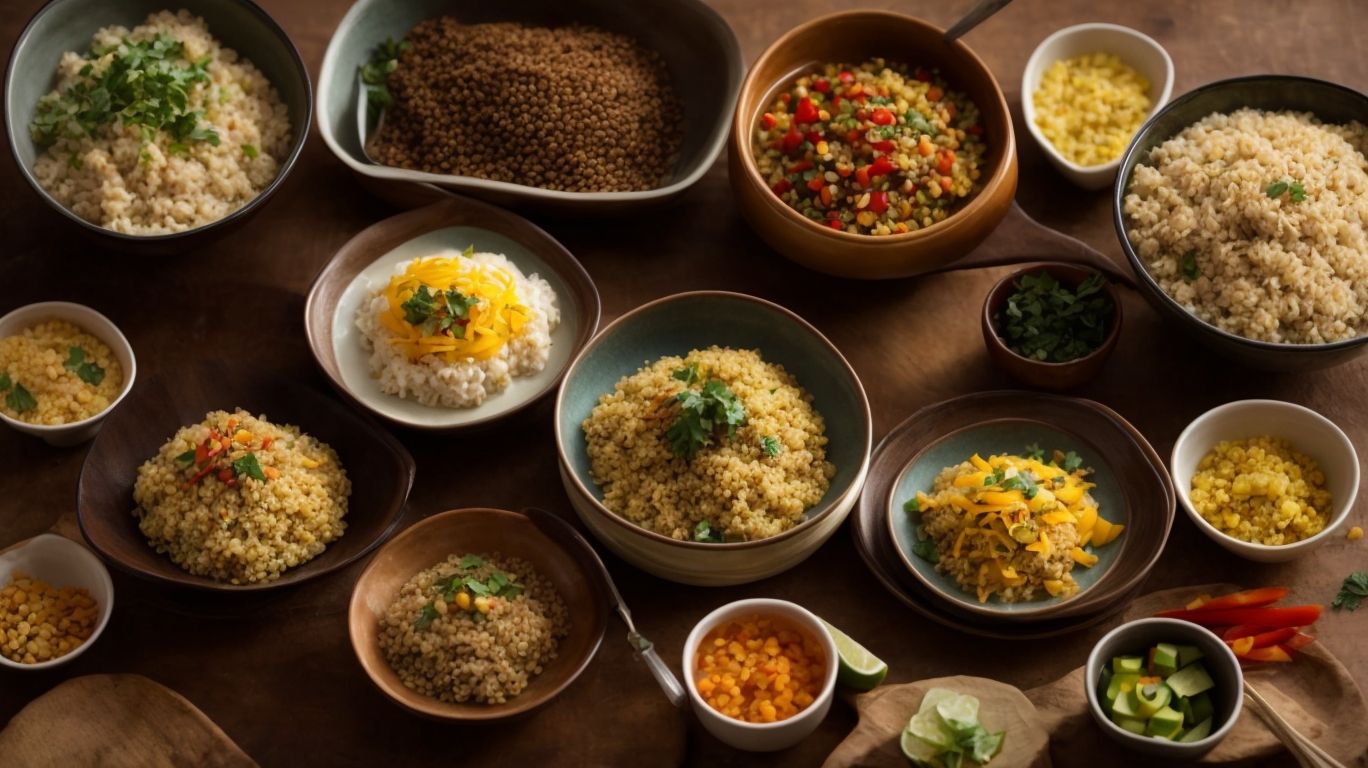
Credits: Poormet.Com – David Ramirez
Incorporating cooked millet into recipes opens up a world of possibilities for creating protein-packed meals, delicious breakfast options, and versatile dishes with a unique grainy texture.
One way to enjoy the benefits of cooked millet is by using it as a base for protein-rich salads, combining it with fresh vegetables, herbs, and a flavorful dressing. You can create hearty millet bowls by layering cooked millet with roasted vegetables, protein sources like beans or tofu, and a drizzle of tahini sauce. For breakfast, millet porridge is a comforting and nutritious option, especially when topped with fruits, nuts, and a hint of cinnamon. Experimenting with millet in recipes can provide a delicious twist to traditional grain-based dishes.
What Are Some Delicious Millet Recipes?
Delve into the culinary delights of millet with delightful recipes ranging from savory breakfast bowls to gluten-free meals packed with flavors and nutritious elements.
Start your day with a vibrant fruit and nut millet breakfast bowl bursting with fresh berries, crunchy almonds, and a drizzle of honey for a delightful sweetness. For a heartier meal, indulge in a spicy millet stir-fry loaded with colorful vegetables, tofu, and a mix of zesty sauces, perfect for a quick and satisfying lunch. Explore the exotic flavors of coconut curry millet simmered in creamy coconut milk, turmeric, and fragrant spices, transporting your taste buds on a culinary adventure.
Frequently Asked Questions
What is millet and how do I cook it?
Millet is a nutritious grain that is high in antioxidants, fiber, and protein. To cook it, simply combine 1 cup of millet with 2 cups of water and bring to a boil. Reduce heat and simmer for 15-20 minutes until water is absorbed.
Can millet be cooked in a rice cooker?
Yes, millet can be cooked in a rice cooker using the same ratio of 1 cup millet to 2 cups water. Follow the manufacturer’s instructions, but typically it will take about 20 minutes on the “white rice” setting.
How can I add flavor to cooked millet?
Cooked millet can be flavored with herbs, spices, and even fruits like berries or apples. You can also add in broth instead of water for a savory flavor.
Is it necessary to soak millet before cooking?
No, it is not necessary to soak millet before cooking. However, soaking it for a few hours can help improve digestion and reduce cooking time.
What is the best way to store cooked millet?
Cooked millet can be stored in an airtight container in the refrigerator for up to 5 days. It can also be frozen for longer storage. To reheat, simply add a little water or broth and microwave or heat on the stovetop.
Can millet be used in place of rice in recipes?
Yes, millet makes a great substitute for rice in recipes. It has a similar texture and can be used in dishes like stir-fries, pilafs, and even as a rice alternative in sushi.

